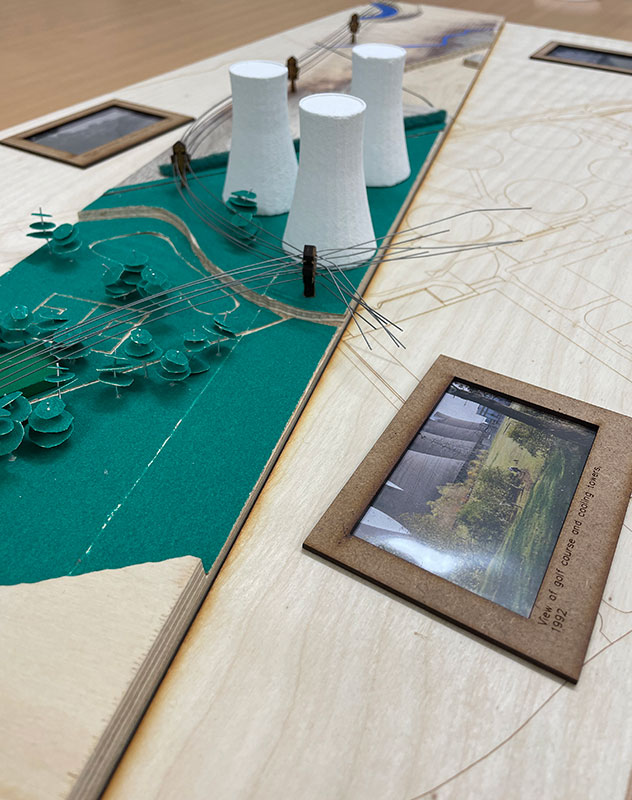Social architectures in South America
The course focuses on the emergence of a new wave of social and political architecture in South America. Looking at different actors, from social movements to official planning agencies, NGOs, and architectural collectives, the sessions examine what is distinct about these material manifestations: how they are organized, financed, and what spatial programs they seek to instantiate. The course uncovers how the focus on the production of social infrastructures and the logistics surrounding the building process, actualises the role architecture and the moment of construction play in contemporary forms of urban struggle and politics.
Next

